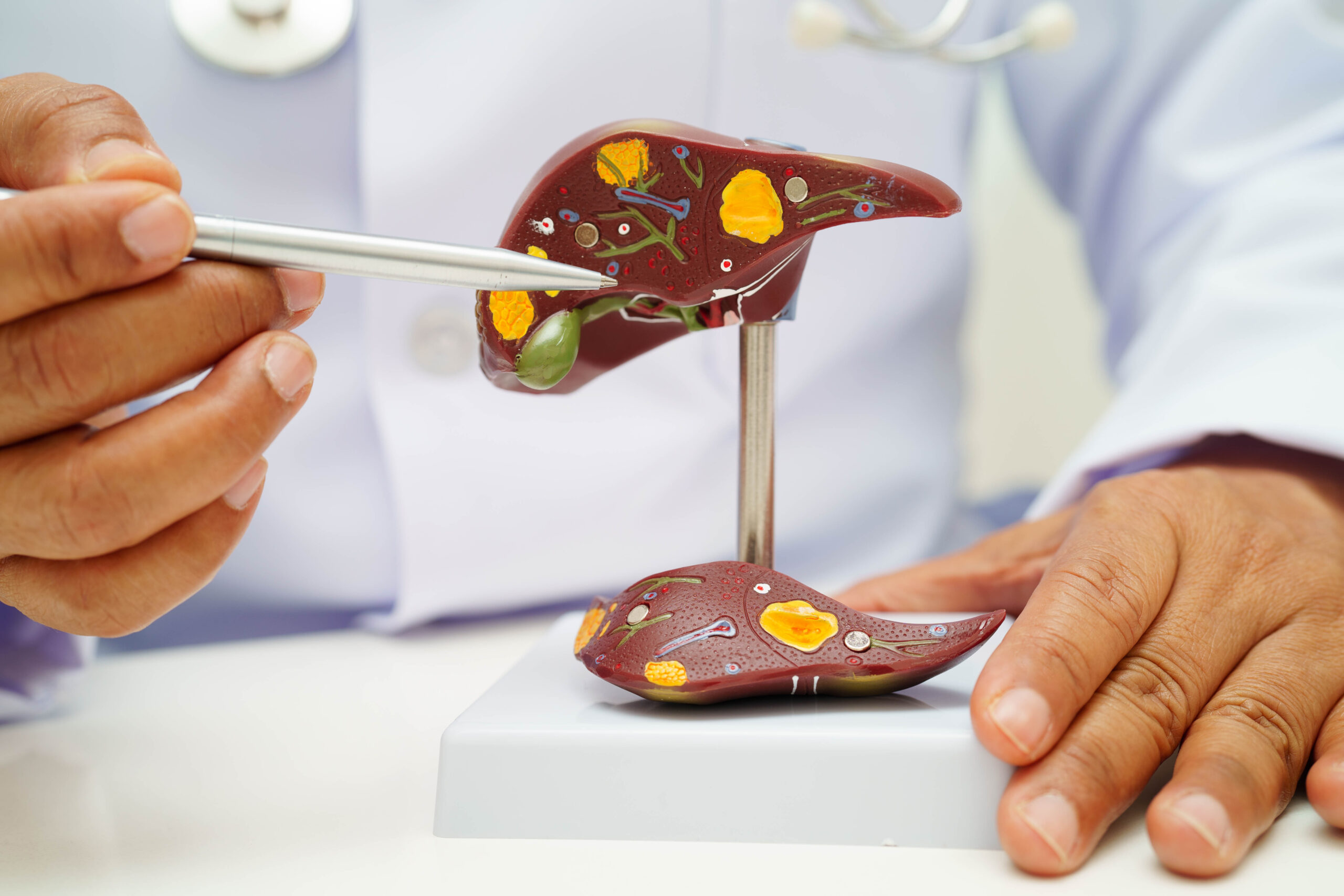Portal hypertension is a significant medical condition affecting the liver and digestive system. It occurs when there’s an increase in blood pressure within the portal vein, which is a vital vein responsible for carrying blood from the digestive organs to the liver. This pressure can lead to a host of complications affecting digestive health, underscoring the importance of early detection and treatment. What causes portal hypertension can vary, but the end result often disrupts normal liver function, making it crucial for individuals to be aware of the condition and its potential impact on their overall health.
What is Portal Hypertension?
What is portal hypertension? At its core, portal hypertension involves elevated blood pressure within the portal vein. This increase in pressure can interfere with the liver’s normal function, affecting how the body processes nutrients and gets rid of toxins. Understanding what causes portal hypertension helps in managing and treating the condition more effectively. The condition can also have a ripple effect on digestive health, influencing how the entire system operates. Addressing what are the symptoms of portal hypertension, such as blood vessels enlarging or fluid accumulations, can aid in early diagnosis and intervention.
Developing Portal Hypertension: How Does it Happen?
To grasp how portal hypertension develops, it’s useful to understand normal liver function. Typically, blood flows smoothly through the liver. However, when this flow is obstructed due to scarring or other blockages, the pressure within the portal vein increases, causing portal hypertension. As scar tissue forms in the liver, it hinders the usual flow, leading to build-up and increased pressure. Recognizing the difference between these normal and impaired processes is key to understanding what causes portal hypertension and addressing it effectively.
The Primary Causes of Portal Hypertension
Cirrhosis is the most common cause of portal hypertension. It involves liver scarring often due to excessive alcohol consumption, hepatitis infections, or fatty liver disease. Understanding lifestyle factors that lead to liver damage can help in prevention. Simple steps like moderating alcohol use, maintaining a healthy weight, and avoiding liver infections are crucial. Besides cirrhosis, less common causes include infections such as schistosomiasis, blood clots in the portal vein, and certain heart conditions. Recognizing and managing these risk factors can significantly contribute to reducing the risk of developing portal hypertension, highlighting the necessity of a proactive approach.
Identifying Symptoms of Portal Hypertension
What are the symptoms of portal hypertension? Often, early signs are subtle or absent, which can be misleading. However, common symptoms include:
- Varices: Swollen veins, especially in the esophagus or stomach.
- Ascites: Fluid build-up in the abdomen causing swelling.
- Jaundice: Yellowing of the skin and eyes due to liver dysfunction.
- Cognitive issues: Confusion due to toxin build-up affecting the brain.
Recognizing these symptoms early can lead to better outcomes. Awareness of what are the symptoms of portal hypertension allows for timely medical alerts and can significantly aid in avoiding severe complications. Regular check-ups remain a key strategy for effective management.
Complications Stemming from Portal Hypertension
Complications from portal hypertension can be severe if not addressed timely. Among these:
- Variceal bleeding which can be life-threatening without immediate attention.
- Ascites causing significant discomfort and infection risks.
- Splenomegaly: Enlarged spleen due to diverted blood flow.
- Liver encephalopathy: Brain function impairment due to toxin accumulation.
Regular monitoring is crucial for managing these complications. By staying vigilant, individuals can prevent life-altering impacts and ensure a more effective pathway to health while keeping what causes portal hypertension under control through lifestyle changes.
Navigating Diagnosis: Identifying Portal Hypertension
Diagnosing portal hypertension involves several steps. Doctors look for clinical signs during an examination, such as visible varices or fluid in the abdomen. Imaging techniques like ultrasounds or CT scans further confirm the condition by visualizing blood flow issues and liver structure. Blood tests can hint at liver efficiency and possible complications. In rare cases, catheterization procedures measure pressure inside the portal vein directly. Early diagnosis is crucial, allowing for better management of the condition and minimizing its impact on health.
Treatment Strategies for Portal Hypertension
Treatment focuses on managing what causes portal hypertension. It often includes addressing the underlying liver issues to reduce pressure. Medications, such as beta-blockers, are common for controlling blood pressure. Lifestyle changes, like diet adjustments, play a role in managing risk. In severe situations, interventional procedures might be necessary. These can include procedures to create new pathways for blood flow or using stents to reduce pressure. Proactive treatment strategies significantly improve health outcomes for those living with this condition, emphasizing the importance of medical guidance.
Preventing and Managing Complications
Prevention focuses on minimizing risk factors associated with portal hypertension. Key lifestyle adjustments include:
- Eating a balanced diet and maintaining a healthy weight.
- Limiting alcohol intake and avoiding liver harming substances.
- Keeping vaccinations up-to-date.
- Controlling infections and seeking prompt treatment if needed.
The importance of ongoing monitoring cannot be overstated. Early medical intervention helps manage symptoms efficiently, leading to a better quality of life.
Living with Portal Hypertension: A Comprehensive Guide
Living with portal hypertension requires continuous medical check-ups and self-monitoring to catch any changes early. Establishing strong support systems—social and emotional—is vital for navigating daily life challenges. Practical tips include staying informed about the condition and maintaining open communication with healthcare providers to adapt to changes proactively.
Conclusion
In summary, understanding what is portal hypertension involves recognizing the symptoms, causes, and available treatments. Emphasis on early detection and management leads to improved outcomes, reinforcing the critical role of staying informed and seeking timely medical advice. If you suspect any symptoms, consult healthcare professionals promptly. This approach ensures the best possible health outcomes by addressing potential complications before they escalate.



